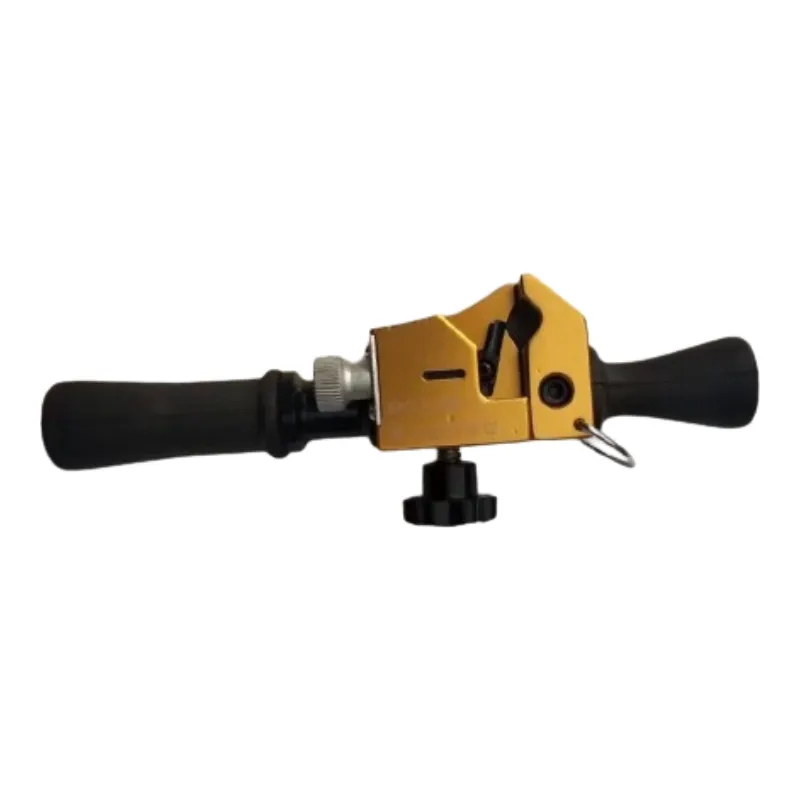
-
 Afrikaans
Afrikaans -
 Albanian
Albanian -
 Amharic
Amharic -
 Arabic
Arabic -
 Armenian
Armenian -
 Azerbaijani
Azerbaijani -
 Basque
Basque -
 Belarusian
Belarusian -
 Bengali
Bengali -
 Bosnian
Bosnian -
 Bulgarian
Bulgarian -
 Catalan
Catalan -
 Cebuano
Cebuano -
 Corsican
Corsican -
 Croatian
Croatian -
 Czech
Czech -
 Danish
Danish -
 Dutch
Dutch -
 English
English -
 Esperanto
Esperanto -
 Estonian
Estonian -
 Finnish
Finnish -
 French
French -
 Frisian
Frisian -
 Galician
Galician -
 Georgian
Georgian -
 German
German -
 Greek
Greek -
 Gujarati
Gujarati -
 Haitian Creole
Haitian Creole -
 hausa
hausa -
 hawaiian
hawaiian -
 Hebrew
Hebrew -
 Hindi
Hindi -
 Miao
Miao -
 Hungarian
Hungarian -
 Icelandic
Icelandic -
 igbo
igbo -
 Indonesian
Indonesian -
 irish
irish -
 Italian
Italian -
 Japanese
Japanese -
 Javanese
Javanese -
 Kannada
Kannada -
 kazakh
kazakh -
 Khmer
Khmer -
 Rwandese
Rwandese -
 Korean
Korean -
 Kurdish
Kurdish -
 Kyrgyz
Kyrgyz -
 Lao
Lao -
 Latin
Latin -
 Latvian
Latvian -
 Lithuanian
Lithuanian -
 Luxembourgish
Luxembourgish -
 Macedonian
Macedonian -
 Malgashi
Malgashi -
 Malay
Malay -
 Malayalam
Malayalam -
 Maltese
Maltese -
 Maori
Maori -
 Marathi
Marathi -
 Mongolian
Mongolian -
 Myanmar
Myanmar -
 Nepali
Nepali -
 Norwegian
Norwegian -
 Norwegian
Norwegian -
 Occitan
Occitan -
 Pashto
Pashto -
 Persian
Persian -
 Polish
Polish -
 Portuguese
Portuguese -
 Punjabi
Punjabi -
 Romanian
Romanian -
 Russian
Russian -
 Samoan
Samoan -
 Scottish Gaelic
Scottish Gaelic -
 Serbian
Serbian -
 Sesotho
Sesotho -
 Shona
Shona -
 Sindhi
Sindhi -
 Sinhala
Sinhala -
 Slovak
Slovak -
 Slovenian
Slovenian -
 Somali
Somali -
 Spanish
Spanish -
 Sundanese
Sundanese -
 Swahili
Swahili -
 Swedish
Swedish -
 Tagalog
Tagalog -
 Tajik
Tajik -
 Tamil
Tamil -
 Tatar
Tatar -
 Telugu
Telugu -
 Thai
Thai -
 Turkish
Turkish -
 Turkmen
Turkmen -
 Ukrainian
Ukrainian -
 Urdu
Urdu -
 Uighur
Uighur -
 Uzbek
Uzbek -
 Vietnamese
Vietnamese -
 Welsh
Welsh -
 Bantu
Bantu -
 Yiddish
Yiddish -
 Yoruba
Yoruba -
 Zulu
Zulu


Dec . 06, 2024 14:49 Back to list
self locking stainless steel cable ties
The Versatility and Benefits of Self-Locking Stainless Steel Cable Ties
In the world of fastening solutions, self-locking stainless steel cable ties have emerged as a popular choice for various applications, thanks to their durability, strength, and convenience. Unlike traditional nylon or plastic cable ties, these stainless steel variants provide enhanced resistance to extreme conditions, making them ideal for both indoor and outdoor use.
Composition and Features
Self-locking stainless steel cable ties are made from high-quality stainless steel, which offers excellent resistance to corrosion, rust, and extreme temperatures. This makes them suitable for environments where other materials might fail. They typically feature a unique locking mechanism that securely fastens the tie in place once tightened. Unlike some plastic ties that can be easily released, self-locking stainless steel ties ensure that once they are fastened, they remain locked until deliberately cut off.
One of the most notable features of these cable ties is their versatility. They are available in various sizes and lengths, making them adaptable for a wide range of applications. Whether you need to bundle electrical cables, secure piping, or organize industrial components, self-locking stainless steel cable ties can handle the job with ease.
Advantages Over Traditional Cable Ties
1. Durability One of the primary advantages of self-locking stainless steel cable ties is their durability. They can withstand extreme environmental conditions, including high heat, cold, and exposure to chemicals. This makes them suitable for use in harsh industrial environments, construction sites, and outdoor settings.
2. High Tensile Strength Stainless steel ties offer superior tensile strength compared to traditional ties. This means they can accommodate heavier loads without breaking, making them an excellent choice for industrial applications where reliability is crucial.
3. Fire Resistance In settings where fire safety is a concern, stainless steel cable ties are a clear winner. They do not melt or become deformed under high temperatures, unlike plastic ties, which can pose fire hazards.
self locking stainless steel cable ties

4. No Ageing or Degradation Unlike nylon ties, which can degrade over time when exposed to UV light or extreme climates, stainless steel ties maintain their integrity over time. This ensures longevity and reduces the need for frequent replacements.
5. Aesthetic Appeal For applications where appearance matters, the sleek, polished finish of stainless steel provides a more professional look compared to plastic alternatives.
Applications in Various Industries
Self-locking stainless steel cable ties are widely used across numerous industries. In electrical engineering, they are employed to secure wires and cables, ensuring a tidy and safe installation. In construction, they help in fastening pipes and tubing, ensuring stability during the building process. Additionally, the automotive sector utilizes these cable ties for securing components in engines and frames, increasing longevity and safety.
In the realm of DIY projects, self-locking stainless steel ties are increasingly popular among enthusiasts for organizing tools, securing cables, and even creating custom solutions to everyday problems. Their strong locking mechanism gives users peace of mind, knowing that their projects will hold up over time.
Conclusion
Overall, self-locking stainless steel cable ties represent an advanced fastening solution that combines strength, durability, and versatility. Whether in professional or personal projects, they offer reliable performance that can withstand the test of time. As industries continue to seek innovative and resilient solutions, the popularity of stainless steel cable ties is likely to keep growing, proving their worth across countless applications.
For anyone in need of a robust fastening solution, self-locking stainless steel cable ties are undoubtedly worth considering.
Latest news
What Are Construction Tools and How Are They Used?
NewsJul.11,2025
Professional-Grade Duct Rodding Tools for Superior Cable Installation
NewsJul.11,2025
Enhancing Safety and Efficiency with Modern Hot Stick Solutions
NewsJul.11,2025
Empowering Cable Installation with Advanced Rodder Solutions
NewsJul.11,2025
Elevate Your Cable Installation Projects with Cable Pulling Tools
NewsJul.11,2025
Efficient Cable Handling Solutions: Cable Rollers for Sale
NewsJul.11,2025











